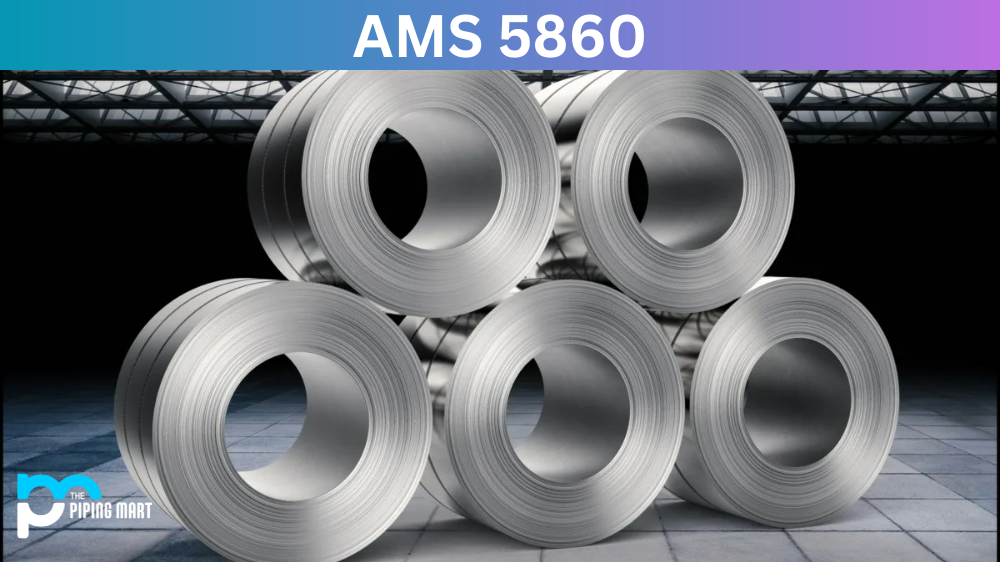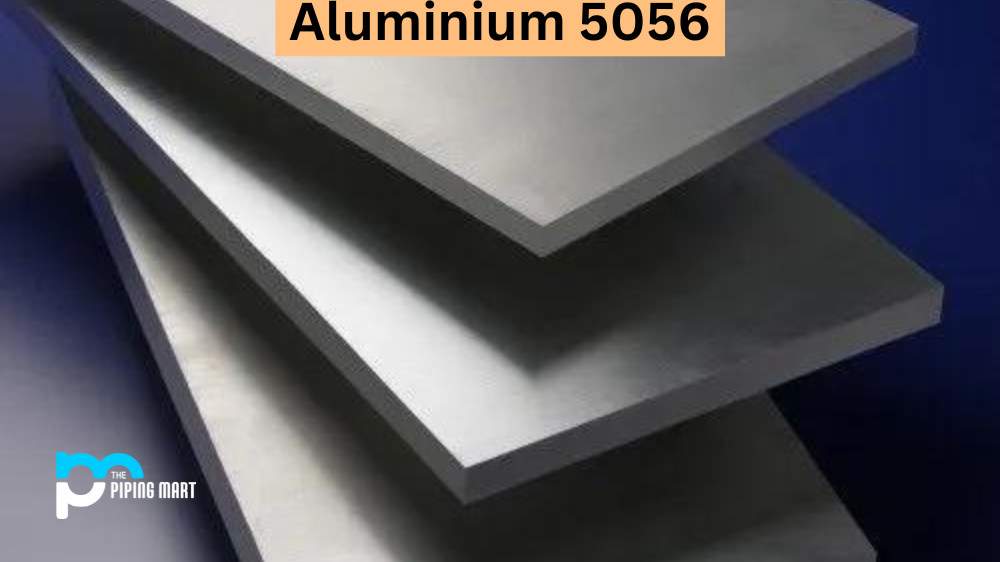UNS C70600 is a type of copper alloy that has been praised for its strength and durability. It is popularly used in electrical engineering, aerospace, automotive, and shipbuilding industries. In this blog post, we will discuss the composition, chemical properties, mechanical properties, physical properties, uses, corrosion resistance and heat resistance of copper C706, as well as its heat treatment and machining processes.
C70600 Composition
UNS C70600 is composed primarily of copper (99.3% minimum) with alloying elements including nickel (4-4.5%), silver (0.15-0.45%), zinc (0.15-0.45%), tin (0-1%), phosphorus (maximum 0.05%) and lead (maximum 0.2%). This combination of metals makes it a powerful alloy with excellent wear resistance and high strength at elevated temperatures.
| Element | Content (%) |
|---|---|
| Cu | 88.7 |
| Fe | 13 |
| Ni | 10 |
C70600 Chemical Properties
The chemical properties of this alloy are excellent; it is resistant to atmospheric corrosion and seawater corrosion due to its low carbon content, which inhibits pitting corrosion when exposed to high chloride concentrations such as salt water spray or sea fog. Additionally, it has good formability due to its low carbon content, allowing easy bending or forming without cracking or splitting during the process.
C70600 Physical Properties
UNS C70600 is an alloy that contains 90% metallic copper combined with 10% other metals as alloying elements. This alloy exhibits outstanding corrosion resistance and has excellent electrical conductivity, making it the perfect choice for applications requiring stability and efficient performance. Its malleability also makes it useful in construction projects where secure and long-lasting connections are needed. In addition, Copper C706 has extra strength due to its high tensile strength and longer service life. As a result of all these benefits, Copper C706 is the optimal choice for anyone looking for a reliable material to meet their needs.
| Properties | Metric | Imperial |
|---|---|---|
| Density | 8.94 g/cm3 | 0.323 lb/in³ |
C70600 Thermal Properties
| Properties | Metric | Imperial |
|---|---|---|
| Thermal expansion co-efficient (@20-300°C/68-572°F) | 17.1 µm/m°C | 9.50 µin/in°F |
| Thermal conductivity (@20°C/ 68°F ) | 40 W/mK | 278 BTU in/hr.ft².°F |
C70600 Equivalent
| ASME SB111 | ASME SB171 | ASME SB359 | ASME SB395 |
| ASME SB466 | ASME SB467 | ASME SB543 | ASTM B111 |
| ASTM B151 | ASTM B122 | ASTM B171 | ASTM B359 |
| ASTM B395 | ASTM B432 | ASTM B466 | ASTM B469 |
| ASTM B543 | ASTM B608 | DIN 2.0872 | MIL C-15726 |
| MIL T-15005 | MIL T-16420 | MIL T-22214 | SAE J461 |
| SAE J463 |
C70600 Uses
UNS C70600 is an all-in-one material with many uses in the industrial and commercial sectors. It boasts excellent thermal and electrical conductivity properties, making it ideal for wiring and circuitry applications and high-temperature insulation. When exposed to corrosion and oxidization, Copper C706 remains relatively stable under harsh conditions making it a prime choice for underground piping systems. Furthermore, its malleability allows for endless customizations in many of these projects, allowing for a perfect fit in any environment. Its superior strength even withstands extreme pressure, meaning it can easily be used for hydraulic components too. With so many intriguing capabilities, Copper C706 is the optimum choice of material when seeking efficiency in engineering works.
Heat Resistance
Copper C706 exhibits superior thermal stability with a melting point between 1025°C – 1035°C depending on the alloying elements present in the material’s composition; due to this feature, the material can be used for applications requiring continuous exposure up to 1000°C without suffering from any significant loss in mechanical properties over time.
Heat Treatment
Copper C706 can be hardened by solution annealing followed by aging precipitation hardening treatments; however, due to the low carbon content within the material’s composition, quenching treatments are not recommended because they could cause a brittle fracture in specific components that have been previously formed using cold working processing methods.
Corrosion Resistance
Copper C706 has always been considered a versatile and reliable material because of its excellent corrosion resistance. This durable alloy is often used to build tanks, pipes, and core bodies due to its ability to withstand harsh conditions such as salt water and extreme weather. Its superior properties make it well-suited for coastal environments, industrial applications, and chemical processes where corrosion protection is essential. With the added advantage of being recyclable and cost-efficient, copper C706 is the obvious choice for projects requiring optimal corrosion resistance.
Machining
When machined, this material behaves similarly to most other grades of copper alloys meaning that standard machine tools can be used without any major modifications being needed before preparation. However, some operations, such as tapping threads, might need slight adjustments depending on the size of the hole tapped into the workpiece.
Welding
Copper C706 can be welded using standard fusion techniques such as gas metal arc welding. However, careful consideration should be taken when welding thin sections because these areas tend to suffer from excessive distortion when subjected to high levels of heat; brazing using fluxes is also possible, but again care should be taken when performing these types of operations because excessive heat input can cause cracking along the weld joint if not properly monitored during the procedure.
Conclusion
Copper C706 is an incredibly versatile copper alloy that offers excellent chemical, mechanical, physical, thermal, welding and machining characteristics suitable for various industrial applications ranging from electrical engineering and automotive manufacturing to aerospace engineering and shipbuilding. Its superior wear resistance and good formability make it ideal for use in high-temperature situations where conventional steel would fail while still providing superior impact strength even when operating at sub-zero temperatures. As always, consult your supplier before making any decisions regarding material selection so they can provide you with specific information regarding your application requirements.
Meet Heer, a dynamic and driven writer learning tricks of her trade in the metal industry. With a background in Digital Marketing, Heer brings a unique perspective to her writing, sharing valuable insights. Apart from blogging she like reading and hiking.




